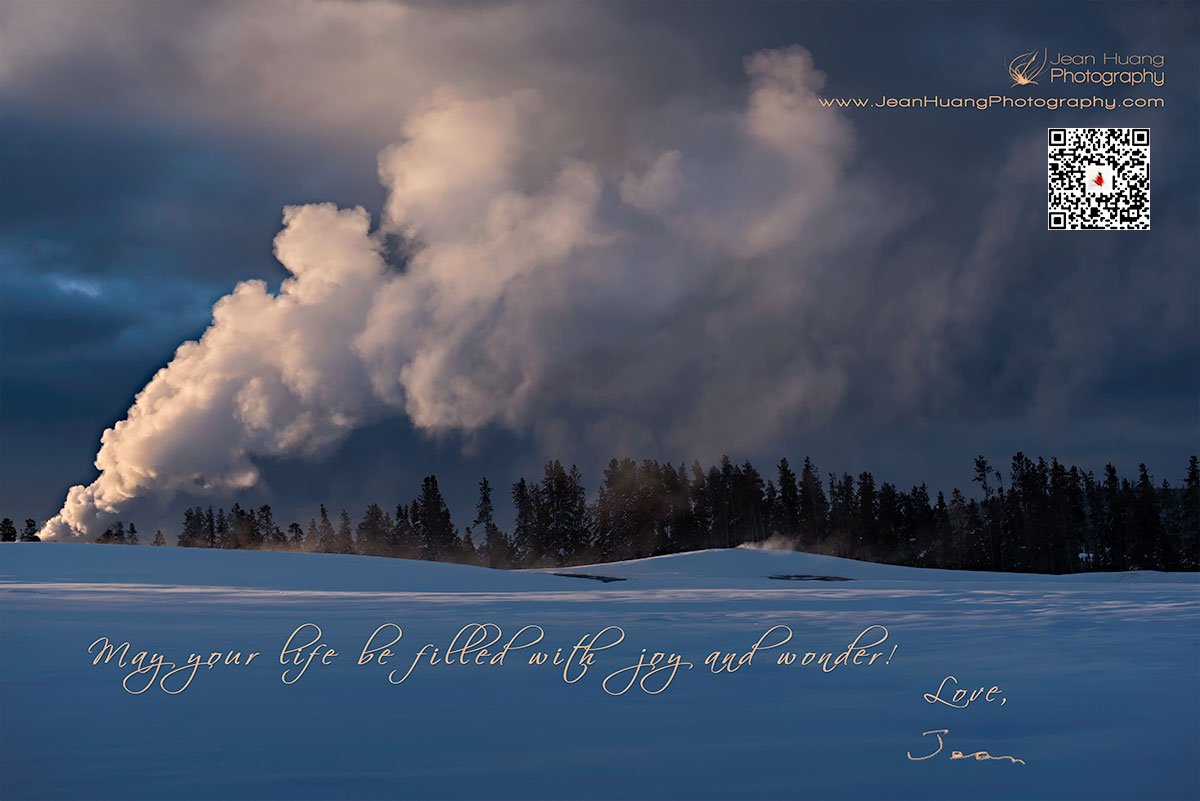To be honest, I first tasted prosciutto (prosciutto crudo di Parma in Italian) before the name Parma even hit my ears. My love for food, combined with curiosity on anything, led me to the realization that the dry-cured ham is one of the two famous types of Italian prosciutto crudo and earned itself the D.O.P. designation (Denominazione di Origine Protetta), which literally means Protected Designations of Origin in English.
I followed my nose and taste buds to the Emilia-Romagna area. While the food (more than) satisfied my quest for authentic gourmet food that's prepared in ways that show respect to the food itself, its history and art amazed me. Had you followed me around, you'd hear me "wowing" me way through the region, one of the locations being the Palazzo della Pilotta in Parma.
The complex of edifices was originally built for the family of then Duke Ottavio Farnese between 1583 and 1622, including the breath-taking Teatro Farnese (Farnese Theater). Sharing the same fate with many Italian historical sites, the complex was heavily bombed in WWII and the Theater was almost completely destroyed.
Today, when I stand in the corridor of this repaired/restructured complex, I do not see the pain and damage brought about by the war. I see elegance, age, and then, I see a child, in all his well-deserved fun-seeking manner, swishing right by in front of us.
Fine Art Photography
Photography Requires Strong Will Power - Los Angeles Travel Photographer
Rialto Bridge (Ponte di Rialto, in Italian) is one of the most photographed landmarks in Venice. I get its historical significance being the oldest bridge across the Grand Canal. Personally, I don't think it's that artistically done. Take a look at how its clunky body blocks most of the view into the water-way and the buildings behind it, you'll see my point. But, it does offer an opportunity to get above the water. And water is what I love.
So, despite all the touristic activities around me, I saw a perfect canvas on water which I could create on. For me, staying laser-sharp focused in that setting is not that difficult. But if you are interested in going to the Rialto Market only to rub shoulders with many other tourists that followed the tour guide books there, sitting by the canal to sip wines and watch people (mostly tourists, again), feeding one of the many pigeons that have infested Venice, or rescuing the sunglass that went down the the bridge (this was supposedly an accident), you'd need some (really strong) will power to stay focused on the beauty that makes Venice Venice.
I hear music gliding across the surface of the water. Do you?
P.S. Give a holler, in the comment below, if you want to see more images made from Venice. :-)
Ghetto is an Italian Word - Los Angeles Travel Photographer
It's not the first time that I heard this word in Italy. But Venice is where the word was first spoken.
Now, I'm no historian and, in my opinion, what's written in history books may not always be that accurate. But here's what I've gathered:
Although segregation of Jews existed in European communities earlier (for example, the name of an island that's separated from Venice by lagoon is Giudecca), Venetian ghetto was the first using such term in Europe. In 1516, Jews were restricted to living in the Canneregio district of Venice, an abandoned site of a 14th-century foundry that used to produce cannons.
It was enclosed by two guarded gates and no one was allowed to leave from sunset to dawn. Restrictions on daily Jewish life continued for close to 300 years, until Napoleon Bonaparte conquered the Venetian Republic in 1797. He removed the gates and gave all residents the freedom to live where they chose.
As history sees it, it was not the end of Jewish oppression...
Remember the question that I brought up in another post about Pitigliano? Hint: you could kind of guess the answer now.

























